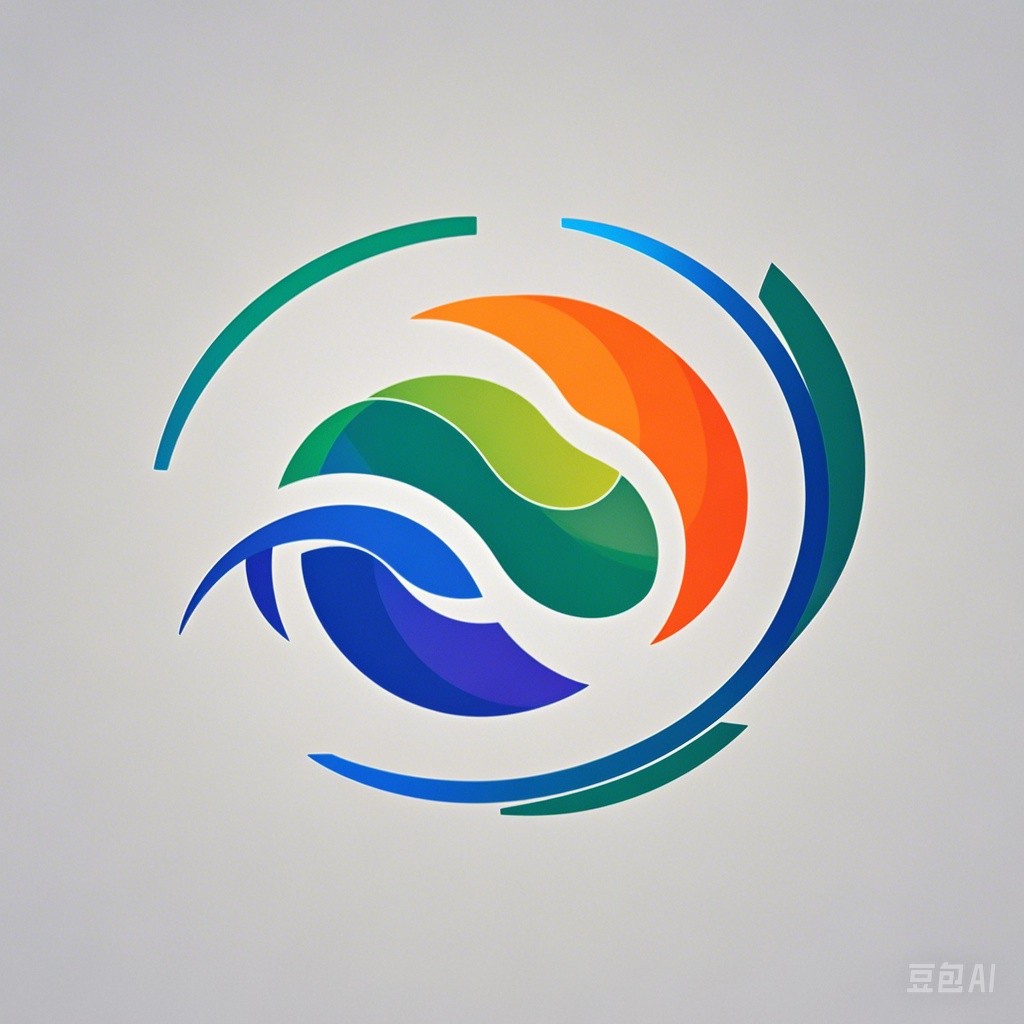Broadcasting, the process of disseminating audio and video content across wide geographical areas, has transformed the way we consume information and entertainment. From the crackle of early radio broadcasts to the crystal-clear images of modern high-definition television, the world of broadcast technology is a fascinating journey through innovation and creativity. This article delves into the intriguing aspects of broadcast technology, exploring its evolution, key components, and the fun it brings to our daily lives.
The Evolution of Broadcast Technology
Early Beginnings
The concept of broadcasting began with the invention of radio in the late 19th century. Guglielmo Marconi’s successful transmission of wireless signals in 1895 laid the foundation for radio broadcasting. The first public radio broadcast, which took place in 1920 by KDKA in Pittsburgh, marked the beginning of a new era in mass communication.
The Rise of Television
Television, which combined audio with moving pictures, emerged in the early 20th century. Philo Farnsworth’s invention of the electronic television in 1927 and John Logie Baird’s mechanical television system were pivotal moments. The 1930s and 1940s saw television broadcasting develop rapidly, with the post-World War II era witnessing its widespread adoption.
Digital Revolution
The late 20th and early 21st centuries introduced digital broadcasting, which improved the quality and efficiency of broadcasts. Digital television standards like ATSC, DVB, and ISDB replaced analog systems, offering higher resolution, more channels, and interactive features.
Key Components of Broadcast Technology
Transmission
Transmission is the process of sending audio and video signals from the broadcaster to the audience. This involves encoding the content into a format suitable for transmission, modulating it onto a carrier wave, and transmitting it via radio waves (for over-the-air broadcasts) or cables and fiber optics (for cable and satellite broadcasts).
Reception
Reception is the process of receiving the transmitted signals and converting them back into viewable or audible content. This is done through devices like radio receivers, televisions, set-top boxes, and satellite dishes. Modern digital receivers also decode compressed digital signals for playback.
Content Creation
Content creation involves the production of the material to be broadcast. This includes studio recordings, live broadcasts, and content sourced from various locations. Advanced technologies like digital cameras, editing software, and virtual studios play a crucial role in modern content creation.
Distribution Networks
Distribution networks are the pathways through which broadcast content is disseminated. These include terrestrial (over-the-air), cable, satellite, and internet-based platforms. Each medium has its own advantages and limitations in terms of reach, quality, and cost.
The Fun Side of Broadcast Technology
Entertainment and Information
Broadcast technology provides a platform for a wide range of entertainment and information services. From news and weather updates to movies, sports, and music, broadcasting keeps us informed and entertained. The advent of 24⁄7 news channels and on-demand streaming services has further enhanced this experience.
Educational Content
Educational broadcasting has made learning more accessible and interactive. Educational channels, documentaries, and online courses utilize broadcast technology to impart knowledge on a wide range of subjects, making education more engaging and fun.
Interactive Features
Modern broadcast technology allows for interactive features like real-time voting, social media integration, and on-demand content. These features enhance viewer engagement and provide a more personalized experience.
Live Events and Streaming
The ability to broadcast live events like sports, concerts, and festivals has brought people closer to the action. Live streaming over the internet has further expanded this capability, allowing anyone with an internet connection to watch events in real-time.
Conclusion
Broadcast technology has come a long way from its early beginnings, evolving into a sophisticated and multifaceted field. Its impact on our daily lives is undeniable, providing us with entertainment, information, and educational content. As technology continues to advance, we can expect even more innovative and exciting developments in the world of broadcasting, making it an ever-evolving source of fun and information.
